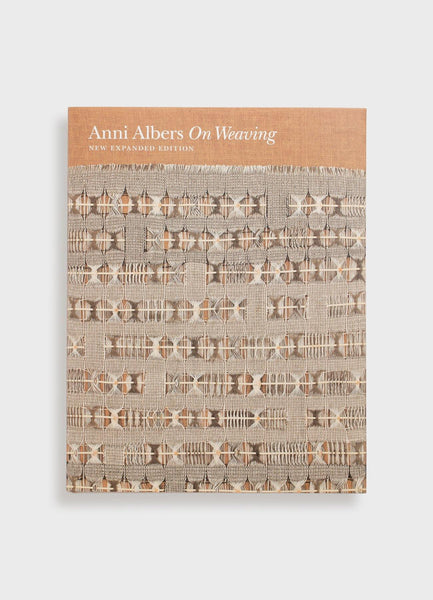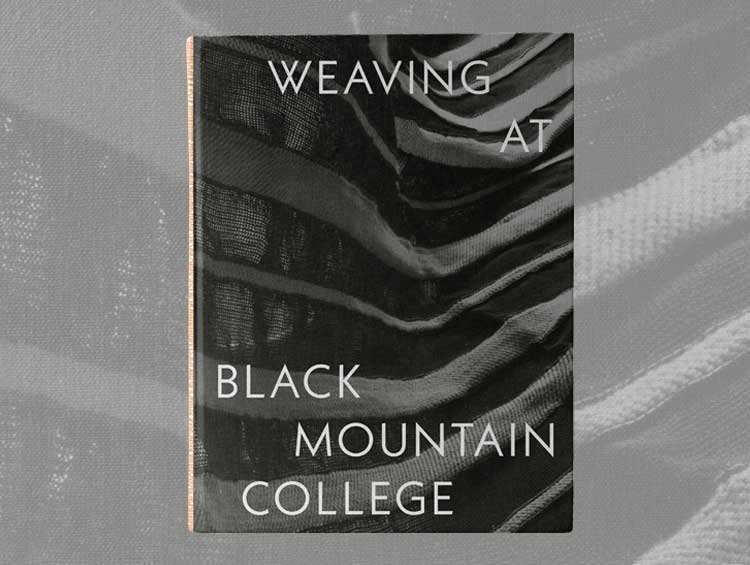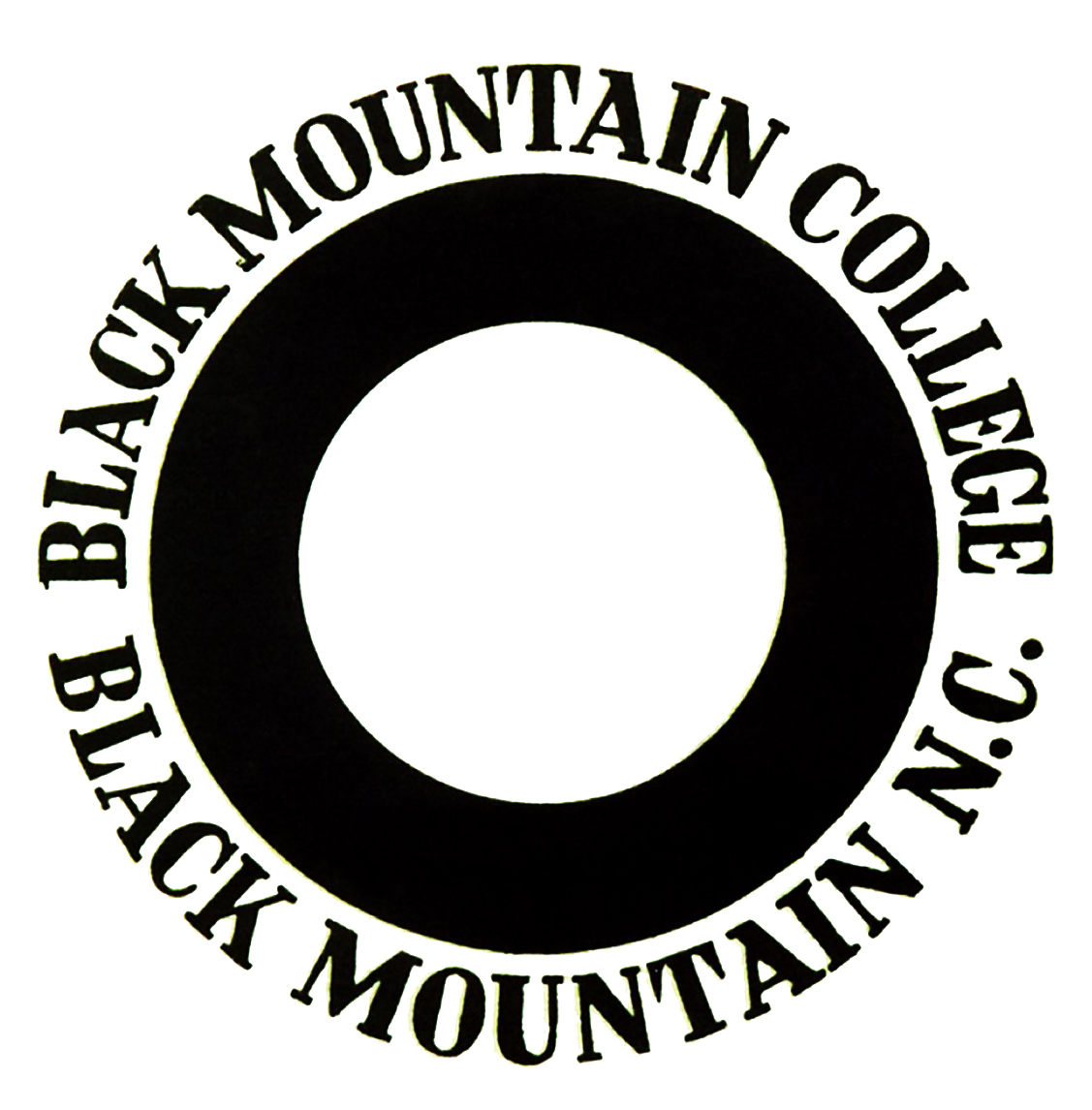
Anni Albers, a name synonymous with innovation and the elevation of textile art, significantly impacted the art world and design through her work, teaching, and writing. Her time at Black Mountain College in North Carolina was pivotal in her career, allowing her to experiment and teach, while she helped shape the college’s interdisciplinary approach to art and education. Let's explore how Albers and Black Mountain College contributed to the evolution of textile art.

Anni Albers (1899-1994) is best known as a textile designer, weaver, and teacher. She was born in Berlin, Germany, as Anni Fleischmann and studied art at the Kunstgewerbe school and the Bauhaus. She married artist Josef Albers in 1925 and in 1933 they left Germany to teach at Black Mountain College in Black Mountain, North Carolina.
Anni Albers humbly dedicated her seminal book to “my great teachers, the weavers of ancient Peru.”
Black Mountain College: A Hub for Innovation After fleeing Nazi Germany in 1933, Anni and her husband, Josef Albers, joined the progressive Black Mountain College. Anni taught weaving and textile design at the college from 1933 to 1949, where her influence extended beyond the loom. She integrated weaving into the college's interdisciplinary ethos, combining it with architecture and visual arts. Her approach emphasized weaving as a medium for both art and broader educational exploration.
Key Innovations in Textile Design: Albers revolutionized textile art by moving away from traditional European tapestries, which often relied on narrative imagery, and instead embraced geometric abstraction. Her designs were often composed directly on the loom, emphasizing the interplay of form and function.
Here are some key innovations:
Modern Materials: Albers experimented with unconventional materials such as synthetic fibers, metallic threads, and cellophane. Her use of cellophane in acoustic panels demonstrated textiles' functionality in sound absorption while maintaining aesthetic appeal.
Abstraction in Weaving: She moved away from traditional styles, embracing geometric abstraction and focusing on the interplay of form and function. Her designs featured irregular patterns and gradients.
Handcraft and Industrial Design: She bridged the gap between handwoven art and mass production by creating prototypes for industrial textiles while maintaining a deep connection to craft-based experimentation. This approach redefined the relationship between designer and maker.
Technique Reinvention: Albers mastered advanced weaving techniques such as double weaving and leno (gauze) weaving. She incorporated metallic threads into her drapery to reflect light.
Influence of Ancient Textiles: Albers drew inspiration from Andean textiles, integrating their structural complexity into her work and promoting "truth to materials" by allowing the inherent properties of threads to guide the design.
Challenging Boundaries Between Craft and Art Albers' work challenged the traditional boundaries between craft and fine art. She elevated weaving from a domestic craft to a form of fine art, designing pieces to be appreciated for their aesthetic and conceptual qualities. She expanded weaving by using unconventional materials and combining traditional craft with modern design, demonstrating that textiles could serve both functional and artistic purposes. Albers also viewed the loom as an instrument for artistic expression, believing that weaving could communicate complex ideas and emotions, much like painting or sculpture.
“I approached the subject as one concerned with the visual, structural side of weaving . . . My concern here was to comment on some textile principles underlying some evident fact. By taking up textile fundamentals and methods, I hoped to include in my audience not only weavers but also those whose work in other fields encompasses textile problems.”
Legacy: Anni Albers's impact on textile art is undeniable. She became the first textile artist to hold a solo exhibition at the Museum of Modern Art in New York in 1949. Her books, On Designing (1959) and On Weaving (1965), became essential texts in textile art, emphasizing material exploration and structural coherence. Her innovative work and teachings at Black Mountain College helped establish the medium as a fine art. Through her creations, writings, and teachings, Albers redefined textiles as a medium of profound artistic expression, dismantling traditional boundaries between craft and art. Her legacy continues to inspire artists and designers today.
In conclusion, Anni Albers' time at Black Mountain College was a crucial chapter in her career and the history of textile art. Her ability to push boundaries, innovate with materials and techniques, and ultimately challenge the distinction between craft and art has left an indelible mark on the world of design.

Josef and Anni Albers' living room at Black Mountain College
Resources:

Black Mountain College Brochure




